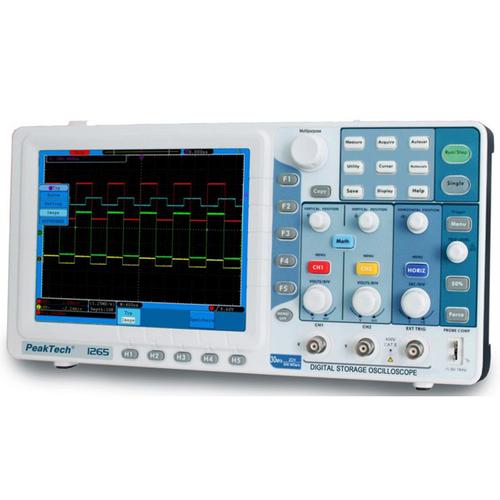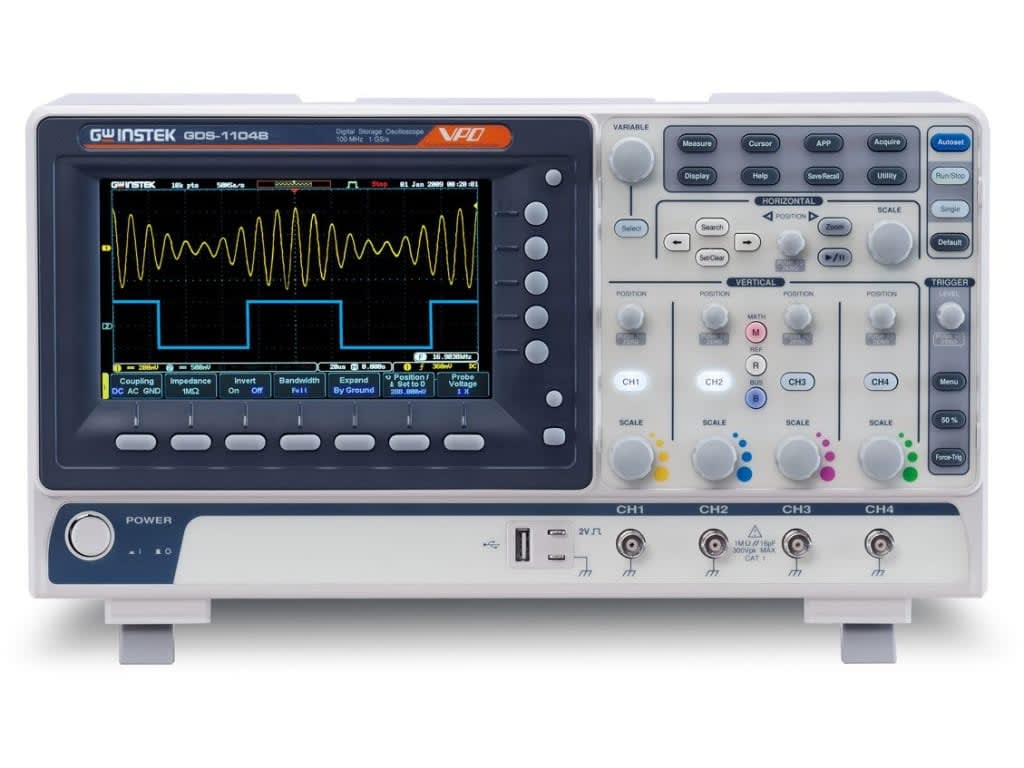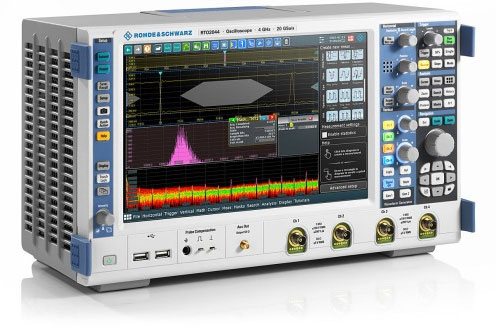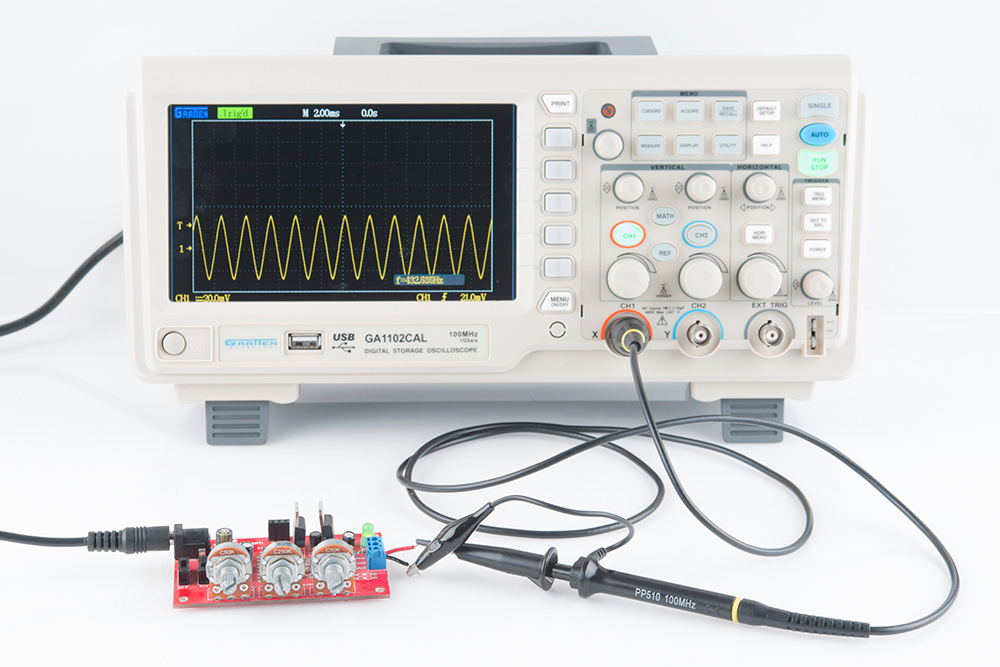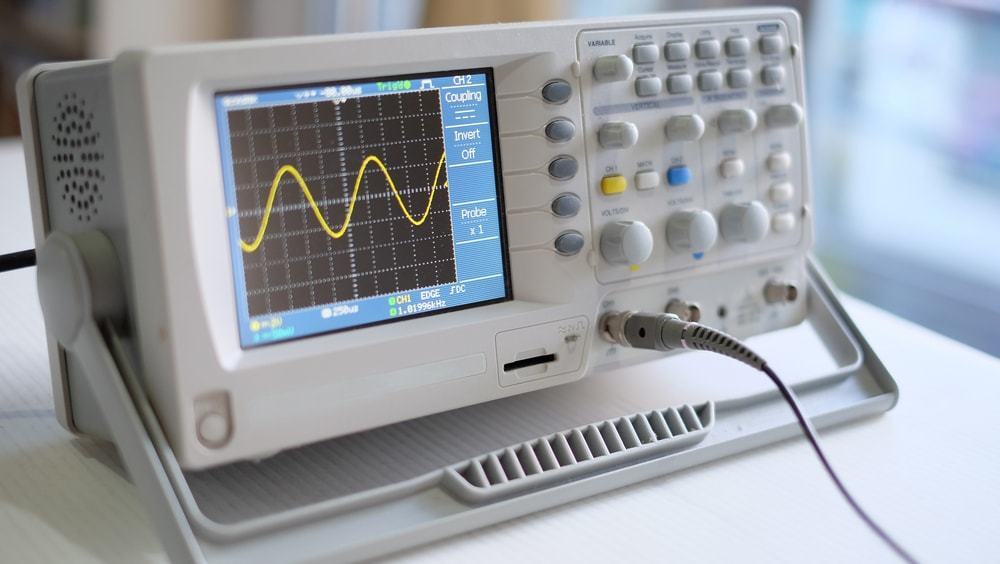A digital storage oscilloscope (DSO) is a type of electronic test instrument that is used to measure and analyze electrical signals. It is a versatile tool that is used in a variety of applications, including troubleshooting and repair of electronic circuits, design and testing of electronic systems, and research and development in a variety of fields.
One of the main advantages of a DSO is its ability to capture and store waveform data digitally. This allows the user to easily review and analyze the data at a later time, as well as perform mathematical operations on the waveform data. This is especially useful in situations where it is difficult to observe the signal in real-time, such as when the signal is intermittent or the repetition rate is too fast.
Another advantage of a DSO is its ability to display multiple waveforms simultaneously on the same screen. This is useful for comparing and analyzing the relationships between different signals. For example, a DSO can be used to measure the phase relationship between two signals, or to identify the cause of a malfunction in an electronic circuit by comparing the waveform of a faulty component to a known good component.
DSOs are also useful in the analysis of high-frequency signals, as they have a higher bandwidth and faster sampling rate than traditional analog oscilloscopes. This allows them to accurately capture and display high-frequency signals that would be difficult or impossible to observe with an analog oscilloscope.
In addition to their use in the laboratory, DSOs are also widely used in the field, such as in the automotive and aerospace industries. They are portable and rugged, making them ideal for use in the field where they may be subjected to harsh environments.
Overall, digital storage oscilloscopes are an essential tool for a wide range of applications, from troubleshooting and repair of electronic circuits to research and development in various fields. They provide a powerful and convenient way to measure and analyze electrical signals, and their ability to capture and store data digitally makes them an invaluable tool for engineers and technicians.
